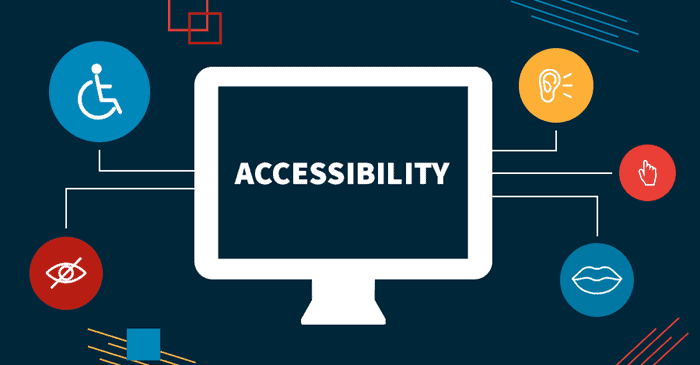The World Wide Web Consortium (W3C) released the first public draft of the W3C Content Accessibility Guidelines (WCAG) 3 earlier this year. While the new guidelines are in the process of being tweaked based on public feedback, the overall goal is to provide easy-to-understand guidelines that strengthen support for broader needs, including diverse cognitive abilities and disabilities.
We wanted to take a fresh look at what was needed in accessibility guidelines. We worked with academic and corporate researchers to identify priorities. We brought together industry leaders in a design sprint to brainstorm new approaches. We spent years proposing, debating, and discarding prototypes until we agreed on this draft.
Jeanne Spellman - Co-leader, Silver Task Force
The new guidelines provide a wide range of recommendations for making web content more accessible to users with disabilities by encouraging better experience for:

While nothing is set in stone yet, we have a good idea of what’s to come. There are only five guidelines in WCAG 3 so far. Each guideline was selected to demonstrate a feature of the new structure. They are still being worked through and will most likely change in a future version. As of now, they are as follows:
Broader testing methods are set to be implemented with the rollout of WCAG 3. These new testing methods will consider all five categories of disability (vision, auditory process, physical ability, cognitive ability, and speech). We can expect these scoring methods to include:
Testing is based on user journeys instead of testing sample pages, enabling more flexible conformance.
Levels A, AA, and AAA will be replaced by a new conformance rating that is designed to encourage teams to improve continuously. The new conformance levels are:
If your score is high enough in each disability category, then you achieve Bronze level. We expect that Bronze level will be the level recommended for regulations.
Jeanne Spellman - Co-leader, Silver Task Force
So, how soon do you and your team need to take action? Thankfully, we have a lot of time to prepare. WCAG 3 is a rough first draft, and it will likely be years before it is finalized. While it will eventually replace WCAG 2 when it is complete, it’s expected that WCAG 2 will remain valid even after WCAG 3 has officially launched. In the meantime, it’s recommended to concentrate on meeting WCAG 2.1 and keep an eye on WCAG 2.2, which is expected to be released in the summer of 2021.
This is just a high-level overview of what’s expected when WCAG 3 rolls out. For a more detailed look, check out W3C’s first public working draft.

We love to make cool things with cool people. Have a project you’d like to collaborate on? Let’s chat!
Stay up to date on what BizStream is doing and keep in the loop on the latest in marketing & technology.